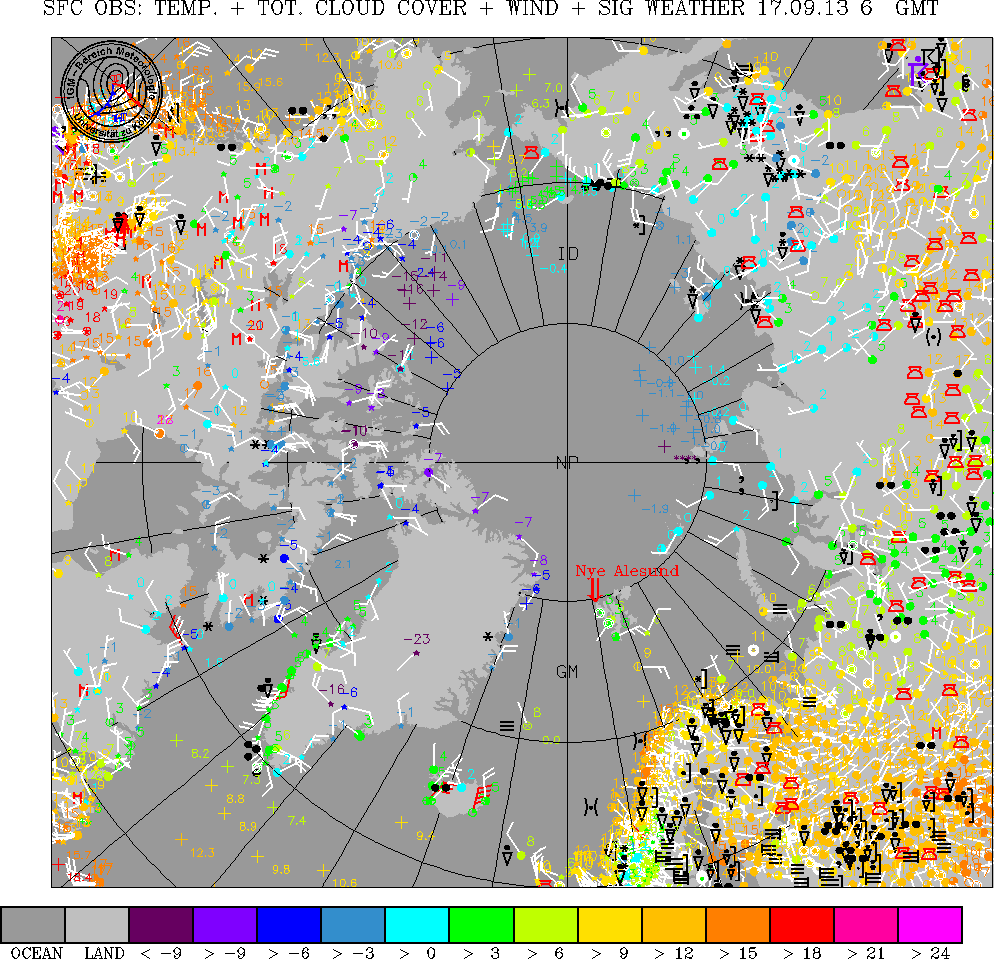
Heinrich (Superstorm) Event Watch
James Cleland
Every several thousand years, the Earth goes through a very sudden cooling phase, known as a Heinrich event, a very rapid diversion of the North Atlantic Current, with or without a cataclysmic downpouring of supercooled upper stratospheric air. The best overview of the consequences of a Heinrich event can be obtained by reading the following:
http://www.globalsuperstorm.com/
http://www.atmos.washington.edu/1998Q4/211/project2/moana.htm
http://williamcalvin.com/bookshelf/climate.htm
Science knows that this sudden, drastic cooling can take place in the space of just a couple of years. Should a major Heinrich event take place (or be taking place), it would probably result in the deaths of tens of millions of people in the Northern Hemisphere. Given the past frequency of these events, you probably stand a substantially greater chance of dying in a Heinrich event than in a plane or automobile crash. When an event is imminent, there is probably only one way increase your chances of staying alive...move South. Because, as the event grows stronger, EVERYONE will be moving South, the best thing to do is get the greatest advance warning possible...and avoid the rush.
Here are the suggested daily...or weekly...steps:
1. An overview of arctic surface temperatures, with attention paid to anomalous high readings:

2. A peek at the daily high temperature of Barrow, Alaska, compared to the average high; and precipitation, compared to average (the wetter the Arctic is, the more trouble we're in):
http://weather.yahoo.com/forecast/Barrow_AK_US_f.html
|
|||||||
[an error occurred while processing this directive]
|
||||||||||||||||||||||||||||||||||||||||||||||||||||||||||||
|
||||||||||||||||||||||||||||||||||||||||||||||||||||||||||||
3. A look at the status of the polar ice cap (the melt season should reach its peak around August 15, and progressively later, as you go further south). The longer the melt season lasts (or the earlier it starts), the worse things are: http://faldo.atmos.uiuc.edu/CT/ Northern Hemisphere 4. Check on the last week's status of the Southwest Grand Banks buoy. You are looking for a relatively sudden drop in sea temperature: http://www.nws.fsu.edu/B/buoy?station=44138 5. Keep an eye on the temperature of the Stratosphere, especially at high latitudes (65-90 N), with attention paid to substantial or sustained drops: http://www.nnic.noaa.gov/products/stratosphere/temperature/altindex.html
6. Don't ignore STRATALERTS. They've been doing them every Winter since 1958. We have never figured out who they are alerting, or why, and nobody will tell us...but keep and eye on them: http://strat-www.met.fu-berlin.de/cgi-bin/stratalert 7. Same with STRATWARM ALERTS. You can find them during the winter months on your usual search of Space Weather:
8. Most importantly, people should keep an eye on sudden winter vacationing by senior weathermen and high officials. SLEUTHS. It is important to remember that, just like in the movie http://www.geocities.com/SunsetStrip/Amphitheatre/2606/About.htm it is highly unlikely that anyone will tell you that the event is imminent...for obvious reasons. Preparation is simple, and basically the same taken for Y2K, or a natural disaster. Most ORBIT subscribers have their ear to the ground anyway, and so the first major anomalies should be quite apparent, and give several days notice, or more. When the hammer goes down, it will be time to tell the boss that you have had a death in the family, and you have to take a week or so off.
|